

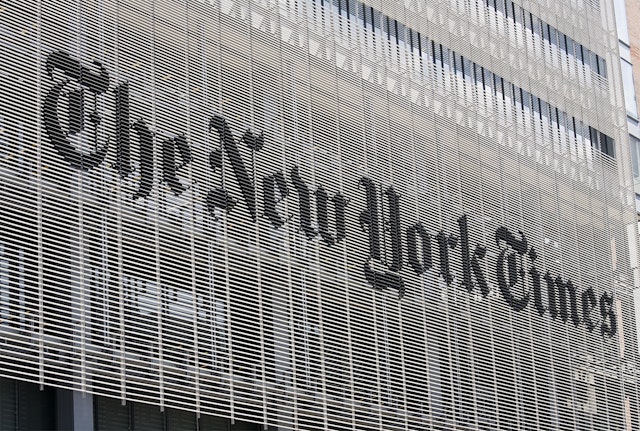
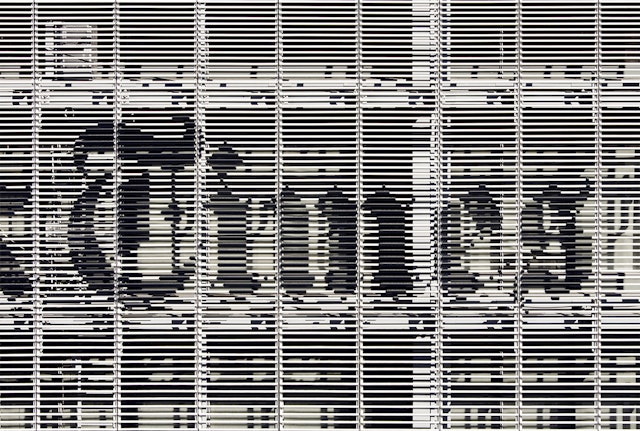
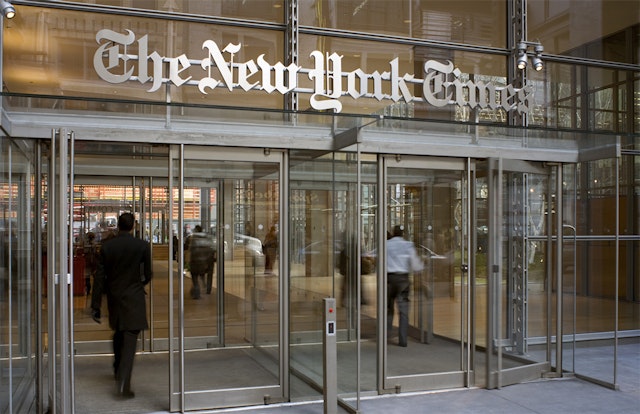
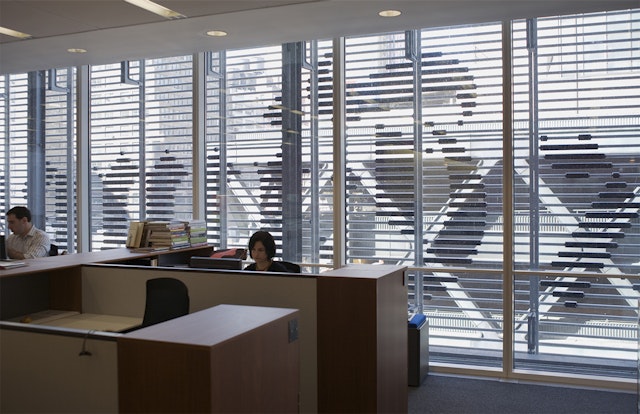

The Times welcomed a sense of humor in the program, and the designers selected images that wittily correlate to the function of each room. The 6" x 6" signs consist of a vinyl printed photograph affixed to either a glass, Plexiglas or metal backing, depending on the wall surface on which it is mounted.
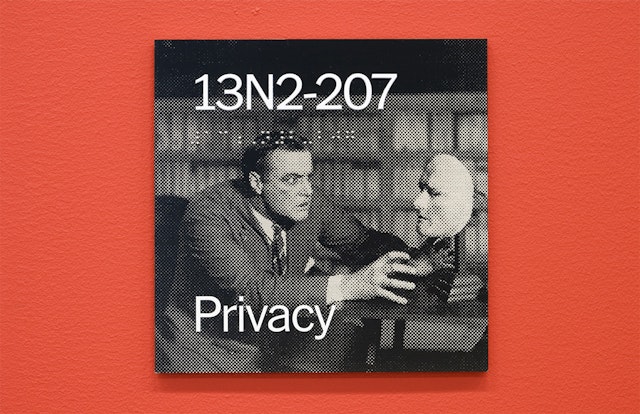

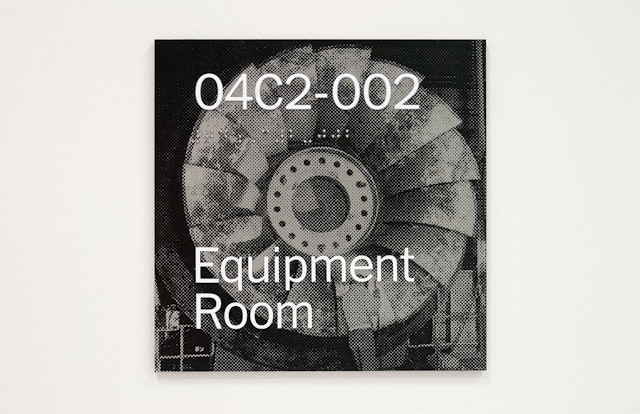
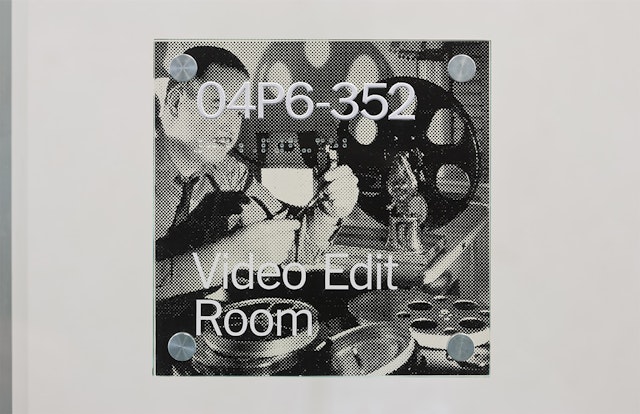
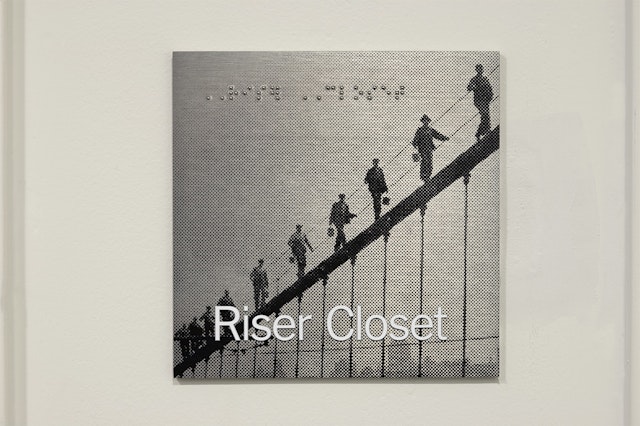
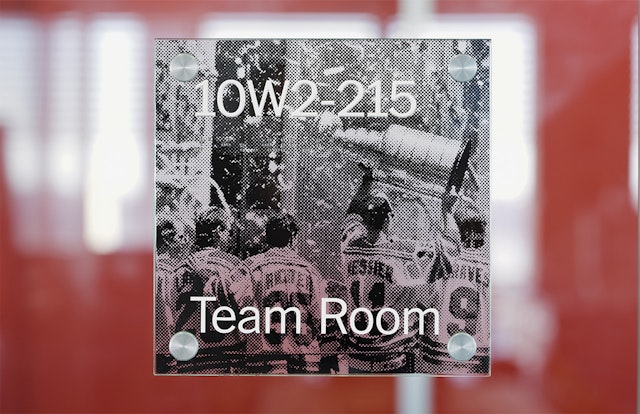
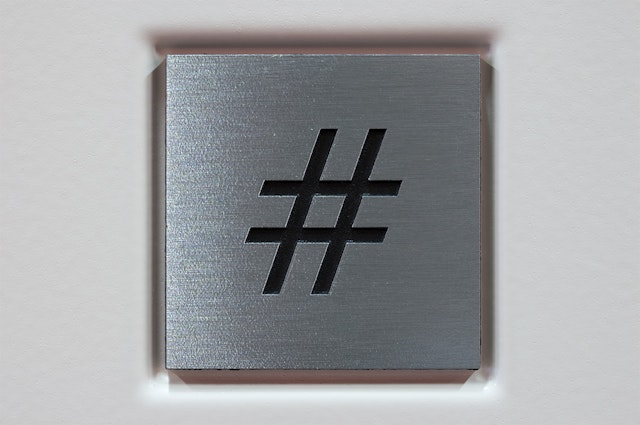

One of the best-reviewed documentaries of 2010, "Page One: Inside The New York Times" is a film directed by Andrew Rossi that takes viewers inside the newsroom of the world’s greatest newspaper. The film portrays a particularly tumultuous year at the Times (it was filmed in 2009) during which the paper navigates the economic downturn and a changing media landscape that includes increasing competition from free online news aggregation (the paper’s digital pay-wall has since proven largely successful), social media like Twitter and Facebook, and new sources like WikiLeaks. Much of this is related through the pugnacious and highly entertaining presence of David Carr, the Times’ media columnist.
The film’s setting is The New York Times Building, the state-of-the-art headquarters designed by Renzo Piano Building Workshop, and while Pentagram’s signage for the building doesn't quite have a starring role, it definitely makes a long series of cameo appearances. For the building's opening in 2007, Pentagram created a customized program of environmental graphics, including a massive landmark sign on the building’s façade and an interior program of wayfinding and identification signage. This interior signage, largely unseen except by staff, visitors and other insiders is unusual: there are over 800 office signs—each different, and each unmistakably part of the Times.
Early in the design process, the designers and their clients at the newspaper decided to reinforce the unique Times culture through as many details as possible. As a result, every bathroom sign, every back-of-house sign, every public room sign bears a different image culled from the paper's immense photographic archive. Working with Times archivists, the designers selected historic black and white images to create these hundreds of one-of-a-kind signs. The Times welcomed a sense of humor in the program, and the designers selected images that wittily correlate to the function of each room. The 6" x 6" signs consist of a vinyl printed photograph affixed to either a glass, Plexiglas or metal backing, depending on the wall surface on which it is mounted.
The roughly 300 private offices of Times reporters, publishers and other staff are announced by similarly scaled, purely typographic signs. A more anonymous system was chosen for staff lockers, where various punctuation marks and symbols—question mark, exclamation point, percent sign—are used to distinguish the cabinets. The designers also created a special display honoring the paper’s long history of Pulitzer Prizes and other journalistic accolades.
Pentagram also designed the iconic “rasterized” sign that faces Eighth Avenue. The exterior sign, a 110-foot-long New York Times logo set as a 10,116-point version of the newspaper’s signature Fraktur font, is an intricate assemblage of nearly a thousand separate custom-designed pieces, each a painted extruded aluminum sleeve a little more than three inches in diameter. The pieces were fitted over the building’s ceramic sunscreen rods, thus complying with Times Square zoning mandates that specify minimum size requirements for signs and displays, including that signs be large and applied.
Office
- New York
